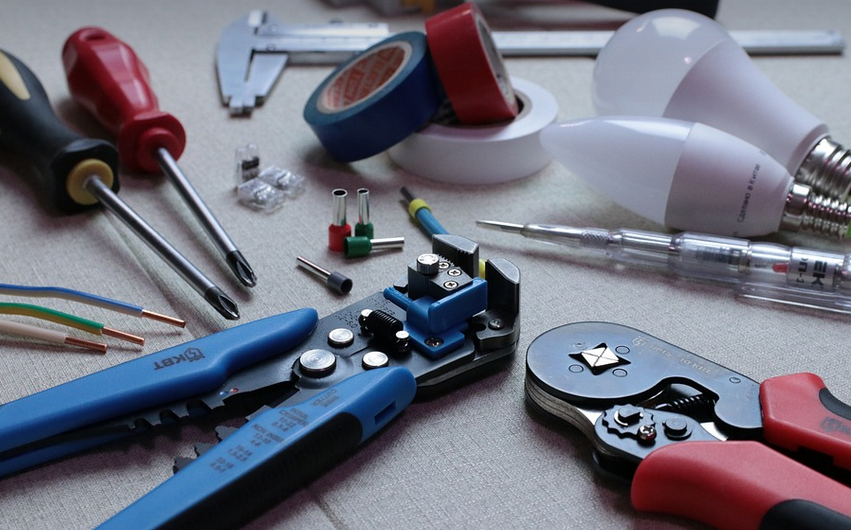Understanding the Importance of Your Eaton Transmission Output Shaft Bearing
The Eaton transmission output shaft bearing is a critical component in your vehicle’s drivetrain, responsible for reducing friction and allowing smooth power transfer from the engine to the wheels. It plays a crucial role in ensuring efficient power delivery and minimizing wear and tear on other components within the transmission.
Neglecting this aspect can lead to significant performance issues and even catastrophic damage to your vehicle. When it comes to high-performance vehicles or heavy-duty trucks, regular maintenance is a must. This comprehensive guide will walk you through everything you need to know about replacing your Eaton transmission output shaft bearing, providing insights into the process and necessary precautions.
Preparing for the Replacement: Essential Steps
Before diving into the replacement process, it’s crucial to ensure a smooth transition and avoid any complications. Here’s what you need to do in advance:
**1. Safety First:** Make sure your vehicle is parked securely on level ground, engage the parking brake, and disconnect the negative battery cable before working on your transmission.
**2. Gather Your Tools and Supplies:** Ensure you have the following tools and supplies to make the process even more efficient:
- **Socket set:** You’ll need a variety of sockets in different sizes to remove and install bolts and nuts.
- **Ratchet:** A ratchet with various socket extensions will help turn wrenches and sockets.
- **Breaker bar:** This tool is useful when dealing with stubborn fasteners that resist loosening.
- **Torque wrench:** Use a torque wrench to ensure proper tightening of bolts, minimizing the risk of damage or improper assembly.
- **Penetrating fluid:** If nuts and bolts are stuck, use a penetrating oil for better access and easier removal.
- **Shop rags and gloves:** Clean up any spills and protect your hands from grease and grime.
**3. Research Your Vehicle:** Before you start, it’s incredibly beneficial to consult your vehicle’s repair manual or seek guidance from a professional mechanic. This will provide detailed instructions on specific steps and torque specifications for your Eaton transmission.
**4. Inspect your Current Bearing:** Carefully inspect the existing output shaft bearing. Look for visible signs of wear, damage, or debris that might indicate a potential issue. If you find any abnormalities, it’s best to consult with a mechanic to determine the next steps.
The Replacement Process: Step-by-Step Guide
Installing a new output shaft bearing is a multi-step process that requires precision and care. Here’s a general overview of the procedure:
**1. Prepare the Transmission:** Before starting, disconnect the transmission fluid lines for safety and avoid spills.
**2. Remove the Old Bearing:** Carefully remove the old bearing using a wrench or socket set, following your vehicle’s repair manual for specific instructions. You may need to apply some force; however, be cautious not to damage any other components during this step.
**3. Clean the Mounting Surface:** Thoroughly clean the mounting surface of the transmission shaft where the new bearing will be installed. This helps ensure a smooth and proper fit for the new bearing.
**4. Lubricate the New Bearing:** Apply a small amount of high-quality grease to the outer race of the new bearing, ensuring it has adequate lubrication for smoother operation.
**5. Position and Install the New Bearing:** Carefully position the new bearing on the transmission shaft and secure it with the appropriate nut or bolt according to your vehicle’s manual. Ensure the bearing is seated correctly before tightening the nut or bolt.
**6. Final Inspection and Torque:** Double-check for correct installation by visually inspecting the new bearing’s position, ensuring there are no loose bolts or missing parts.
**7. Flush Out Transmission Fluid: ** Once you’re satisfied with the installment, it’s best to flush out any old transmission fluid that may have accumulated during the process. This will ensure a fresh and clean system for optimal performance.
**8. Refill the Transmission:** Finally, refill the transmission with the recommended amount of fluid according to your vehicle’s manual. Test the vehicle’s functionality while it is in park before driving.
Maintaining Your Eaton Transmission Output Shaft Bearing:
To keep your Eaton transmission output shaft bearing operating at its best for years, follow these maintenance tips as outlined in your repair manual.
**1. Regularly Check Fluid Levels:** The most crucial step is to ensure the transmission fluid levels are kept within the recommended range. This will help prevent issues like wear and tear on other components.
**2. Observe for Unusual Sounds or Vibrations:** If you notice any unusual sounds or vibrations coming from your transmission, it’s a sign to consult a mechanic to address potential problems.
**3. Schedule Maintenance Service as Recommended:** Adhere to the manufacturer’s recommended service intervals for your vehicle. This will help ensure routine checks and necessary repairs.
